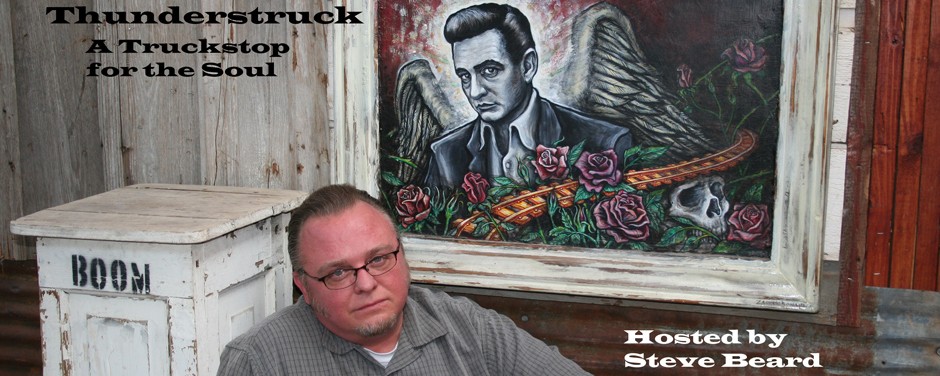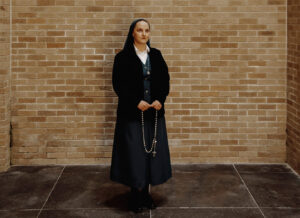By Ruth Graham, New York Times
BOSTON — Before she entered the Daughters of St. Paul convent in 2010, Sister Theresa Aletheia Noble read a biography of the order’s founder, an Italian priest who was born in the 1880s. He kept a ceramic skull on his desk, as a reminder of the inevitability of death. Sister Aletheia, a punk fan as a teenager, thought the morbid curio was “super punk rock,” she recalled recently. She thought vaguely about acquiring a skull for herself someday.
These days, Sister Aletheia has no shortage of skulls. People send her skull mugs and skull rosaries in the mail, and share photos of their skull tattoos. A ceramic skull from a Halloween store sits on her desk. Her Twitter name includes a skull and crossbones emoji.
That is because since 2017, she has made it her mission to revive the practice of memento mori, a Latin phrase meaning “Remember your death.” The concept is to intentionally think about your own death every day, as a means of appreciating the present and focusing on the future. It can seem radical in an era in which death — until very recently — has become easy to ignore.
“My life is going to end, and I have a limited amount of time,” Sister Aletheia said. “We naturally tend to think of our lives as kind of continuing and continuing.”
Sister Aletheia’s project has reached Catholics all over the country, via social media, a memento mori prayer journal — even merchandise emblazoned with a signature skull. … Sister Aletheia rejects any suggestion that the practice is morbid. Suffering and death are facts of life; focusing only on the “bright and shiny” is superficial and inauthentic. “We try to suppress the thought of death, or escape it, or run away from it because we think that’s where we’ll find happiness,” she said. “But it’s actually in facing the darkest realities of life that we find light in them.” …
*****
As a teenager in Tulsa, Okla., Sister Aletheia, who is now 40, listened to the Dead Kennedys and attended local punk shows with her friends. Her parents were committed Catholics; her father has a Ph.D. in theology and worked for a local Catholic diocese for a while. But she was a skeptical child and declared herself an atheist as a teenager, rather than go through the formal process of joining the church.
At Bryn Mawr College, she was the leader of an animal rights club. But she blanched at the animal rights movement’s arguments against “speciesism.” It seemed to her that there was a real, if difficult to define, difference between humans and other animals. But “as a materialist atheist, I really couldn’t find a reason for that,” she recalled. “I had this intuitive sense that the soul existed.”
While working on an organic farm in Costa Rica after a stint with Teach for America, she had a sudden and dramatic conversion experience: God was real and she had to figure out his plan for her life. When her longtime boyfriend picked her up from the airport after the trip, she broke up with him and canceled her plans to go to law school. Within four years, she was wearing a habit at the convent, an unassuming blond-brick building that includes a publishing house, gardens and a small free-standing burial chapel where the nuns are entombed after they die.
Sister Aletheia began her memento mori project on Twitter, where she shared daily meditations for more than 500 days in a row. In October 2018, on her 455th day with the skull on her desk, she wrote, “Everyone dies, their bodies rot, and every face becomes a skull (unless you are incorrupt).” …
For Sister Aletheia, having spent the previous few years meditating on mortality helped prepare her for the fear and isolation of the past year. The pandemic has been traumatic, she said. But there have also been small moments of grace, like people from the community knocking on the door to donate food to the nuns in isolation. As she wrote in her devotional, “Remembering death keeps us awake, focused, and ready for whatever might happen — both the excruciatingly difficult and the breathtakingly beautiful.”
Ruth Graham is a national correspondent covering religion, faith and values. She previously reported on religion for Slate. Read the entire article HERE.

